Take a step back in time and explore the global roots of Marie-Antoinette’s secret garden. The Queen of France once had the vision to create a secret garden that was inspired by gardens from around the world. While she never got to see it fully completed, her legacy lives on. Let’s dive into Marie-Antoinette’s global garden and explore its unique history.
Who is Marie-Antoinette?
Marie Antoinette, the 15th and last queen consort of Louis XVI was famously known for her exorbitant lifestyle. Despite these rumors, Marie Antoinette was also an avid gardener who had a great passion for plants. Located at the Petit Trianon in France’s Versailles complex, her global garden included plants from all over the world.
From fig trees to lilacs, rosebushes and even a pond for ducks – this garden was a sight to behold! The beautiful flora and fauna were carefully arranged to represent sites from different continents: waterfalls and exotic creatures like tigers represented Asia while Venetian gondolas and tall obelisks signified Africa. No detail was overlooked – truly a marvelous showcase of Marie-Antoinette’s knowledge and love of the natural world.
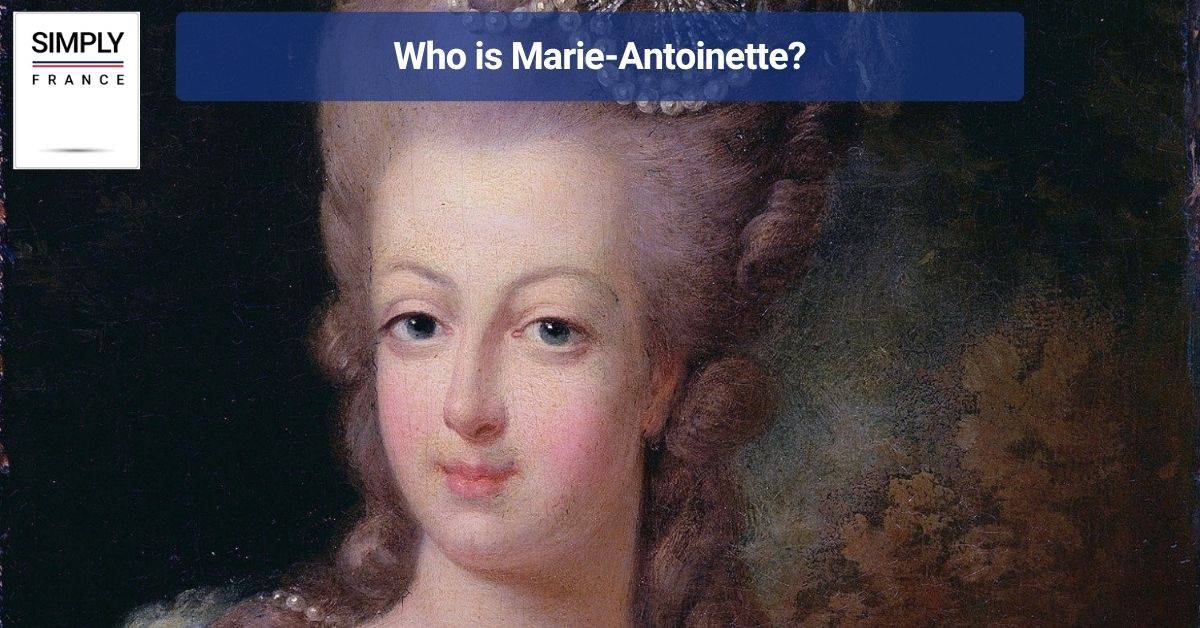
Marie-Antoinette’s Vision for Her Garden
Marie-Antoinette had a fondness for gardens, and her vision for her garden was grand. The renowned Hameau de la Reine, or the Queen’s Hamlet, was built between 1783-1786 near the Château de Versailles. This artificial village was designed to evoke feelings of pastoral life and to create a space of comfort away from courtly etiquette.
The gardens showcased an extraordinary grotto made from lava rock within which were displayed classical sculptures and fountains. To complete the scene, Marie-Antoinette commissioned two farmhouses that exemplified the rural farmhouse style of the time.
With its frescoes, pavilions, lakeside theater, and tranquil pathways surrounded by fruit trees, shrubbery, and fluttering butterflies, Marie- Antoinette’s dream garden now stands as a masterpiece in French landscape design.
Marie Antoinette wanted to create an extraordinary garden that would reflect her appreciation for the beauty of nature across the world. She collected drawings, paintings, and descriptions of gardens from different countries including Italy, Germany, Holland, England, Scotland, Sweden, and China.
She then combined these various designs to create a remarkable landscape with elements taken from all over the world. To make her vision come true, she hired two prominent French landscape architects—Jean-François de Neufforge and Richard Mique—who worked together with her to design the garden layout.
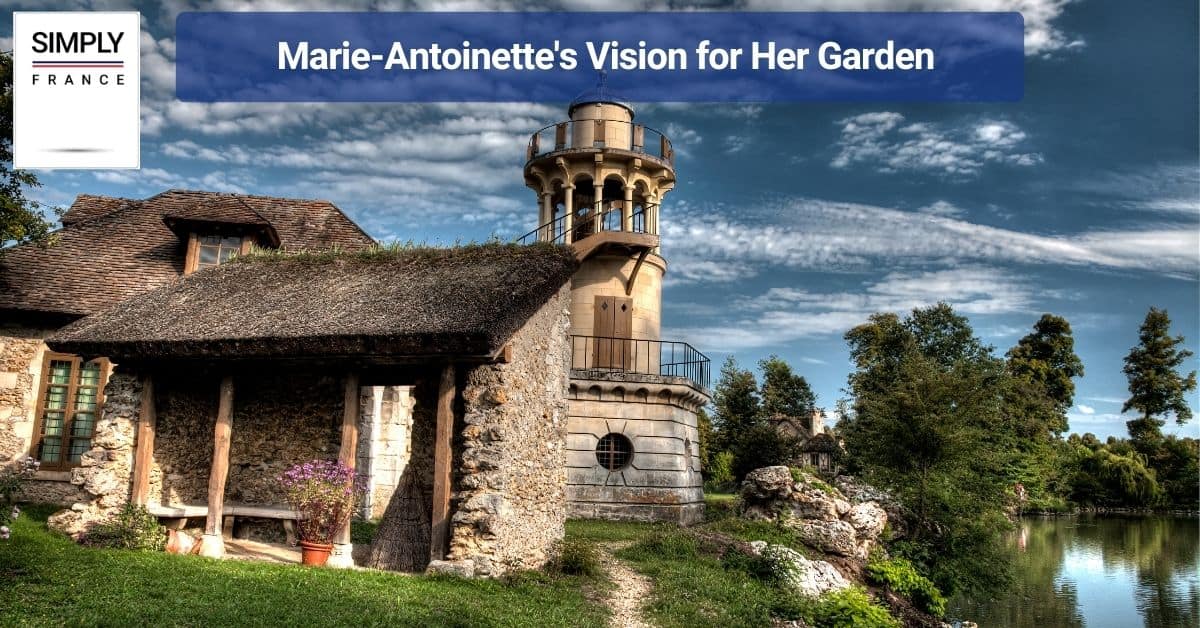
Features of Marie-Antoinette’s Garden
Marie-Antoinette’s garden at the Petit Trianon in Versailles is highly renowned for both its beauty and its design. Built by Louis XVI for his beloved queen, the elaborate gardens featured a type of landscape architecture particular to the mid-18th century called Jardin à la française.
It included various intricate patterns designed with clipped boxwoods and open meadow lawns, as well as tree-lined alleys running throughout the grounds. Other features of note were an Italian grotto, a Dutch walled garden, and English gardens surrounded by ponds — all laid out in grandeur symmetry and connected by pathways embellished with flower beds and ornamental statues.
Combined with the countless breathtaking perspectives available from multiple viewpoints within the walls, Marie-Antoinette’s Garden was one of extreme serenity — an oasis where the Queen could escape court life in France.
The features of Marie-Antoinette’s garden were truly remarkable. It included several terraces which were made up of steps covered in flowerbeds filled with rare plants from all over the world including China Roses, Camellia Sinensis (tea plant), Lemon Trees, and more exotic plants such as Tulip Tree, Camphor Tree, and Cedar trees from Lebanon.
The terraces also featured statues representing figures from Greek mythology like Apollo or Diana as well as many fountains that were designed by some of the most renowned sculptors such as Pigalle or Falconet.
The middle terrace was particularly special as it featured a variety of sculptures symbolizing different nations such as America represented by an Indian chief riding a horse or Africa represented by a black woman carrying an elephant tusk on her head. This terrace was also home to some spectacular water jets which could reach up to 30 meters high!
Finally, what made this garden so unique was its combination of botanical species from all over the world mixed with French design principles that gave it a distinct look and feel unlike any other garden in existence at that time.
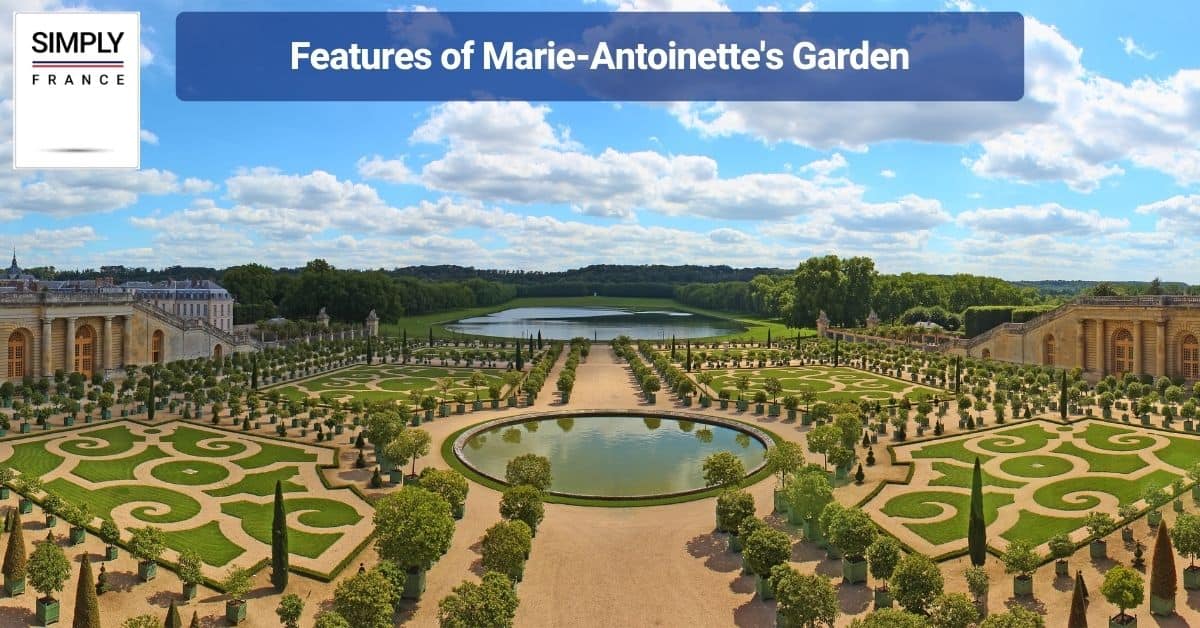
The Global Reach of Her Garden Design
When Marie-Antoinette of Austria became Queen Consort of France in 1770, she brought a mix of cosmopolitan flair and exquisite tastes with her. Her intimate garden designs laid the groundwork for numerous influential landscape architects and garden designers to come.
While her personal retreats focused heavily on fire ponds, groves and other pastoral delights found naturally in the French countryside, they served as a template for gardens all over the world; some examples include China’s Imperial Summer Palace, India’s Taj Mahal and Nevada’s Bellagio Resort & Casino. Even today, you can still find elements of her work alive in wonderful venues around the globe.
By bringing an old-world Palatial touch to garden design while infusing its local flavors, this once-forgotten Queen truly left an impression lasting centuries.
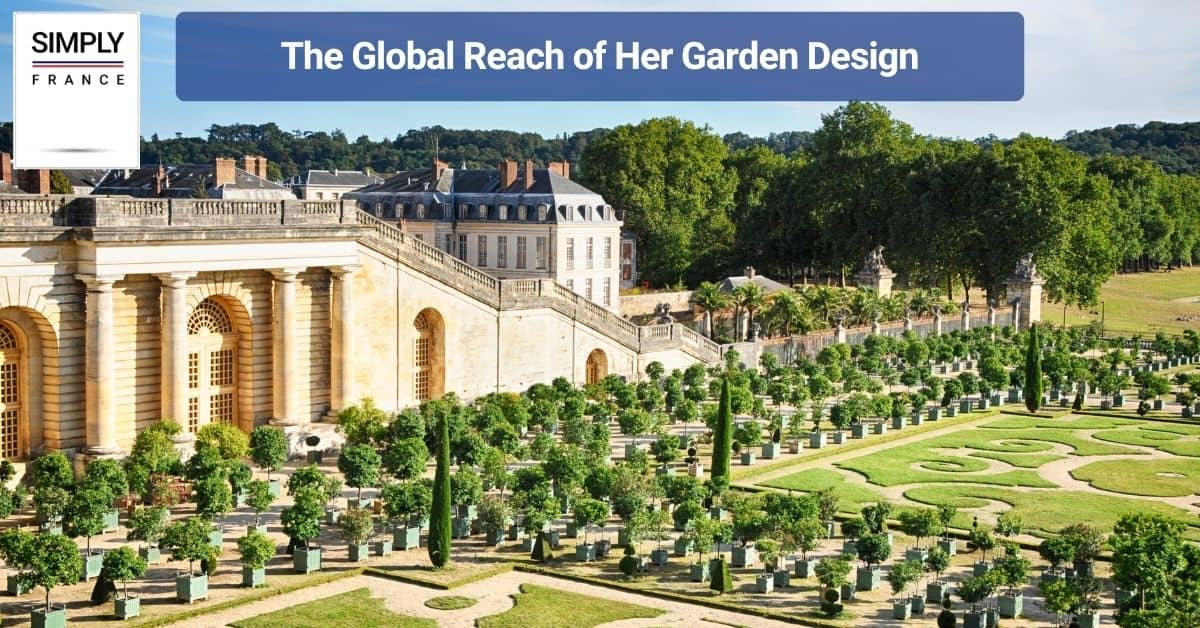
Reflections on Modern Garden Design and Marie-Antoinette
For centuries, Marie-Antoinette’s elaborate gardens at the Palace of Versailles have been a source of inspiration for modern garden designs. Taking visual cues from classic French and Italian Renaissance-style gardens, modern gardeners inject fresh life into their outdoor spaces by creating unique landscapes that blend contemporary elements with traditional features.
These lush and vibrant creations often use ornamental trees, intricate masonry work, and tranquil ponds to create a classic yet modern atmosphere — an aspirational reflection of the opulent gardens surrounding the Palace of Versailles.
By incorporating these traditional elements, today’s garden designers are able to create outdoor spaces that preserve the regality and grandeur associated with Marie Antoinette.
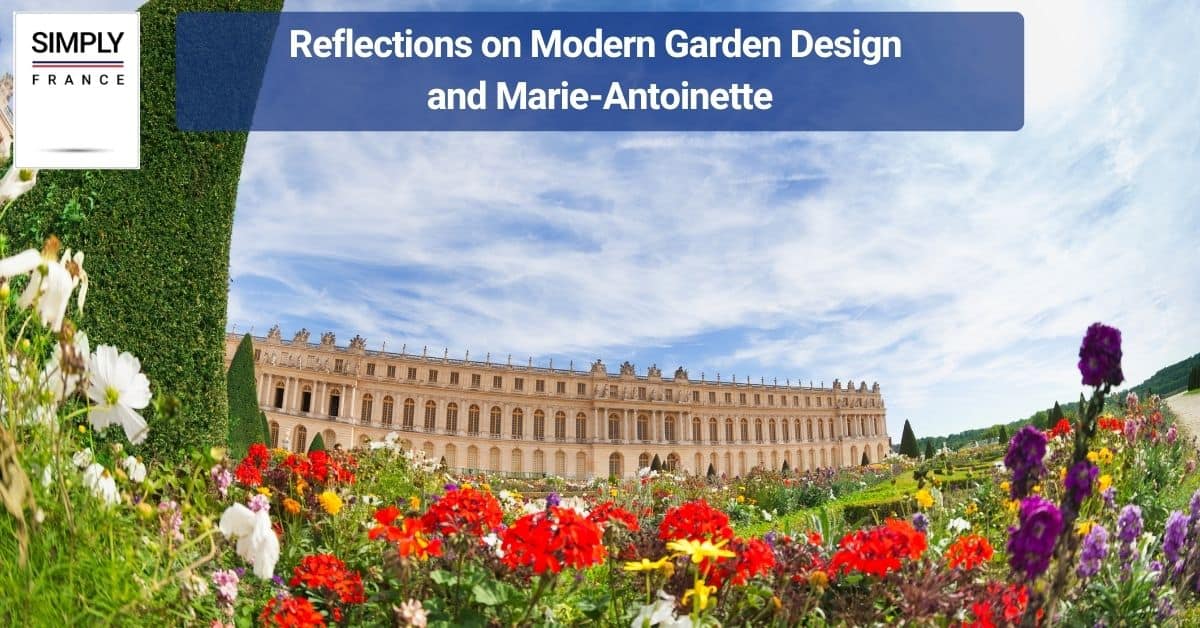
In conclusion
Marie Antoinette’s secret garden is one of the most fascinating historical sites in France today – not only because it is stunningly beautiful but also because it stands testament to how far people can travel through their imaginations when they are given enough freedom to do so!
Visitors can still see remnants of this incredible feat today – making this one-stop traveler won’t want to miss out on during their next trip! Whether you’re looking for inspiration or just want to take in some beautiful scenery – exploring Marie Antoinette’s global garden is sure to make your vacation memorable!


